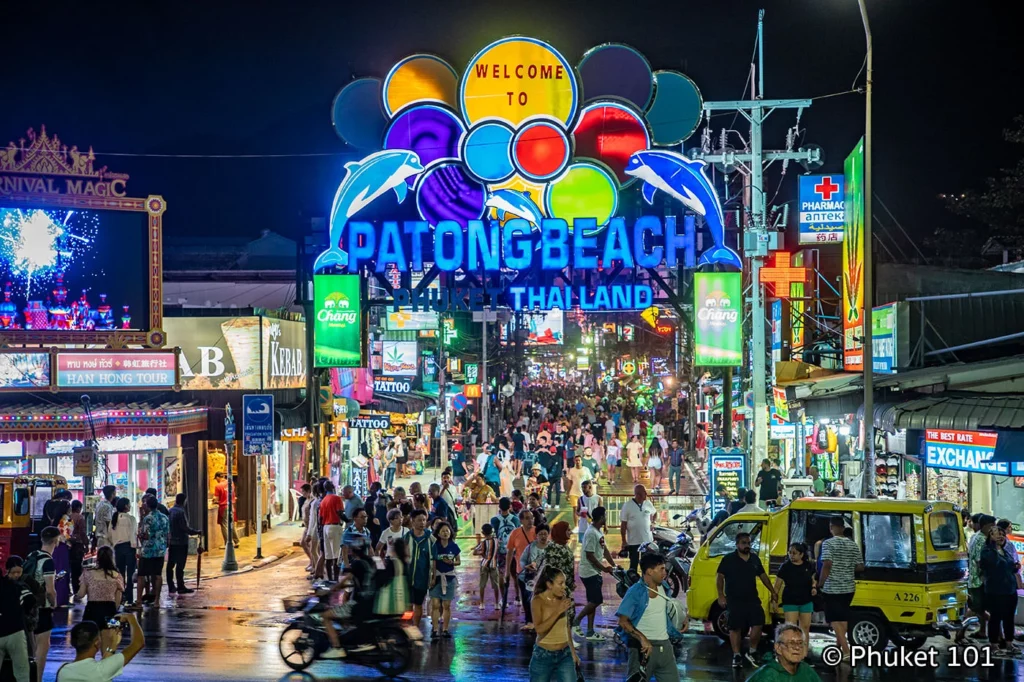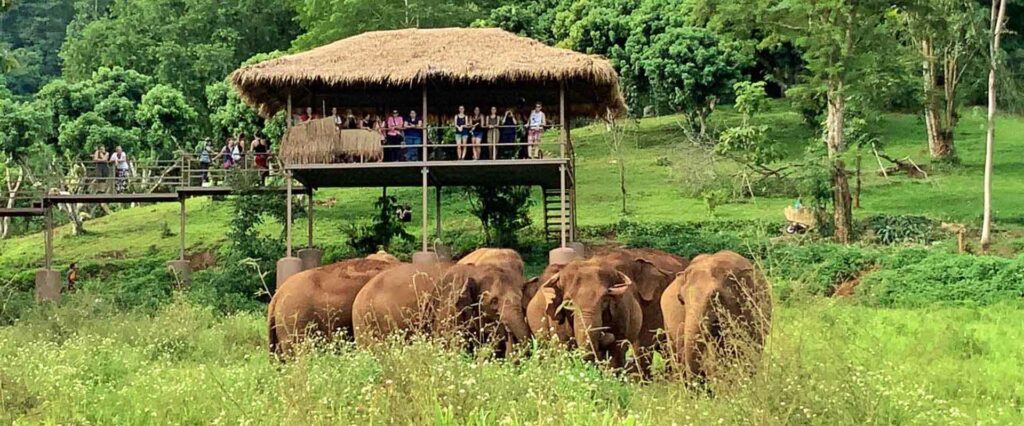Welcome to the Industry Snippet Series by Lim & Partner, where each month we take an in-depth look at a key industry shaping Thailand’s economy. This month, we’re spotlighting the Tourism Industry—a sector that not only fuels economic growth but also showcases Thailand’s vibrant culture, breathtaking landscapes, and booming hospitality sector. Let’s dive into the latest trends, challenges, and opportunities that make tourism one of the country’s most vital industries.
Economic Impact of Tourism
Tourism plays a vital role in Thailand’s economy, contributing 15-20% of the country’s GDP. As of 2023, Thailand welcomed over 28 million tourists, generating more than EUR 31 billion in revenue. The forecast for 2024 is optimistic, with the government anticipating over 35 million tourists. This massive influx supports not just hotels and resorts but a wide array of industries, from transportation to retail.
The travel and tourism sector is expected to continue growing, with a projected revenue of US$3.6 billion by 2024, and further expanding to US$4.18 billion by 2028. Notably, online sales will dominate the market, accounting for 75% of the total revenue by 2028.
In 2025, Thailand’s tourism sector is projected to see a significant rise in both foreign and domestic travel. The country expects 40 million foreign arrivals, surpassing the anticipated 39 million in 2024. Additionally, 220 million domestic trips are forecasted, marking a notable increase in local tourism. Total tourism revenue is set to reach 3.4 trillion baht, representing a 7.5% growth compared to 2024. This growth highlights Thailand’s continued focus on revitalizing its tourism industry, a key pillar of its economy.
Airports of Thailand (AOT) is expanding the capacity of the country’s six major airports. By 2025, Suvarnabhumi Airport and Don Mueang Airport will undergo significant upgrades to handle increasing demand, positioning Thailand as a regional aviation hub.
Tourist Attractions: A Tapestry of Beauty
Thailand’s appeal lies in its variety of attractions, from the idyllic islands of Phuket, Koh Samui, and Krabi to the bustling streets of Bangkok. Travelers are drawn to the magnificent Buddhist temples like Wat Arun and Wat Phra Kaew, along with Ayutthaya and Sukhothai, where ancient ruins tell stories of Thailand’s historical greatness.
Beaches in southern Thailand are a major draw for international tourists, who seek out the crystal-clear waters and white sands for relaxation and watersports. Phang Nga Bay, with its towering limestone karsts, and the serene shores of Railay Beach, offer tranquility for some and adventure for others.

Image Credit: Trip Advisor

Image Credit: Phuket 101
Cultural and Culinary Wonders
Thailand boasts a rich cultural heritage through its colorful festivals, such as Songkran and Loy Krathong, and its elegant traditional dances. The country’s culture is best explored by visiting its historic sites, ancient temples, and local markets. Thailand is also famous for its mouthwatering cuisine, with iconic dishes like Pad Thai, Thai curry, and the spicy and sour Tom Yum soup becoming staples worldwide.
The nightlife in Thailand, especially in cities like Bangkok and Pattaya, offers a blend of experiences ranging from rooftop bars to traditional night markets where visitors can taste street food and enjoy local delicacies. Thai street food is an essential experience, and dishes like Som Tum (green papaya salad) and Satay skewers are must-tries for anyone looking to delve into the flavors of the land.
Sustainable Tourism: Protecting Thailand’s Future
Thailand has taken significant steps toward sustainable tourism by preserving its natural and cultural resources. Many regions, such as Koh Samui and Phang Nga Bay, have committed to eco-friendly practices, from reducing plastic waste to promoting wildlife conservation. Elephant sanctuaries, in particular, have become popular attractions, offering tourists the chance to engage with these majestic animals in an ethical manner.

Image Credit: Elephant Nature Park
Seasonality: Timing Your Visit
Travelers are advised to consider Thailand’s climate before planning their visit. The peak tourist season runs from November to February, offering dry and sunny weather, perfect for exploring both urban areas and beaches. This period sees a significant influx of visitors, especially from Europe and North America, resulting in higher prices for accommodation and tours.
Shoulder seasons (March-May, September-October) are characterized by fewer tourists, moderate weather, and more affordable rates. For budget-conscious travelers, the low season from June to August offers the lowest prices but comes with frequent monsoon rains and high humidity. Despite this, some regions still offer pleasant experiences for nature lovers and adventure seekers.
Adventure and Activities: Thailand’s Great Outdoors
For those seeking outdoor activities, Thailand doesn’t disappoint. Visitors can indulge in scuba diving in Similan Islands, kayaking through the mangroves of Krabi, or trekking in the northern mountains near Chiang Mai. Wildlife enthusiasts can go elephant watching, while adrenaline junkies can enjoy rock climbing and water sports across the country’s expansive coastlines.
A Land of Endless Possibilities
Whether you’re drawn to the peaceful serenity of Thailand’s islands, the bustling streets of Bangkok, or the ancient history of Ayutthaya, Thailand promises an unforgettable journey filled with adventure, culture, and culinary delights. With its well-established tourism infrastructure and dedication to sustainability, it’s no surprise that Thailand remains a top destination for travelers around the world.

Image Credit: Bangkok Airways
Sources:
- Tourism Authority of Thailand
- Airport Authority of Thailand
- Statista Analysis on Tourism Trends
- Nation Thailand
